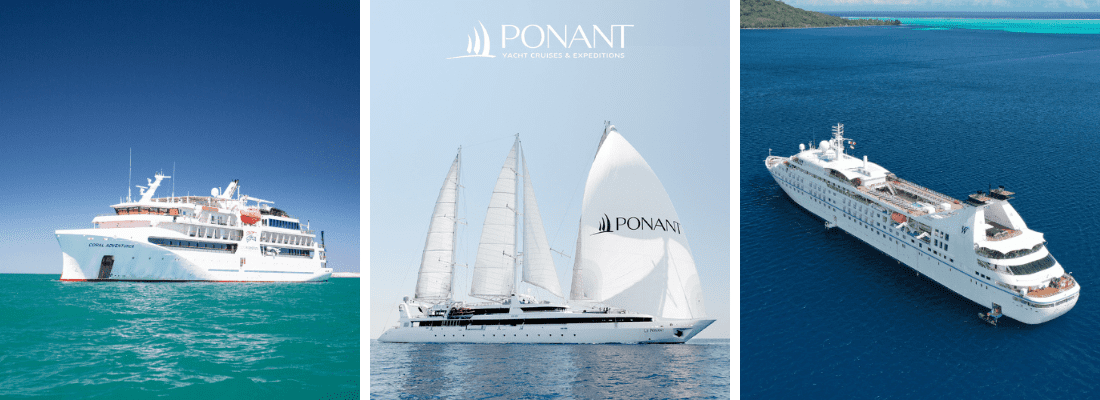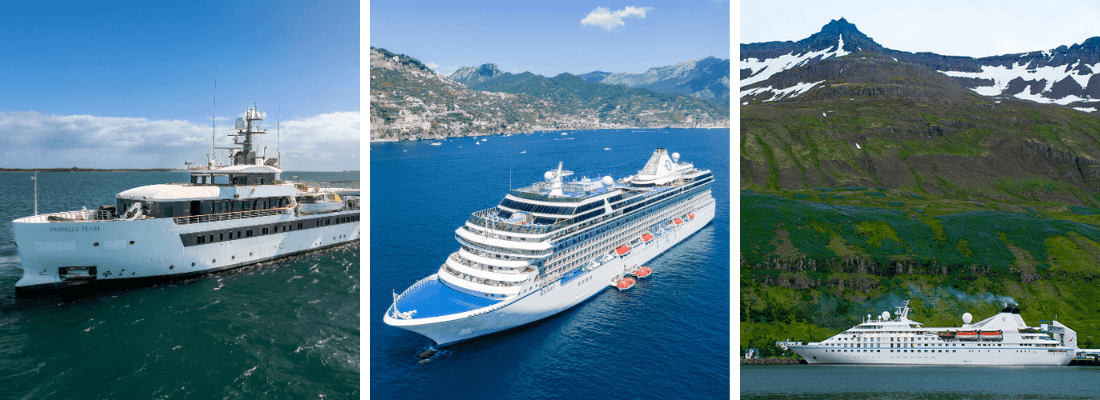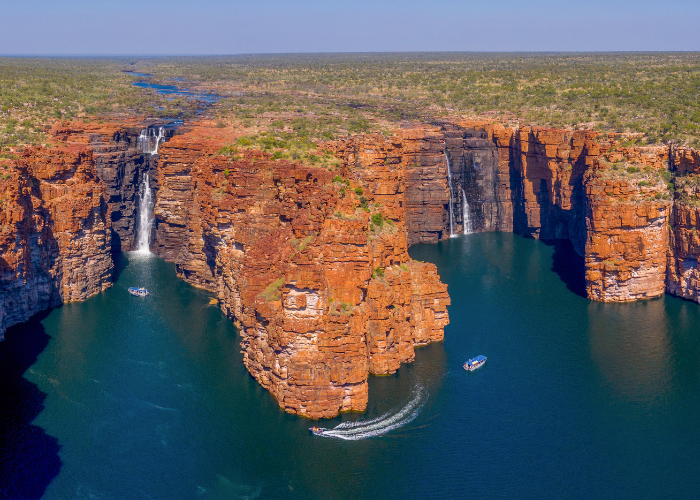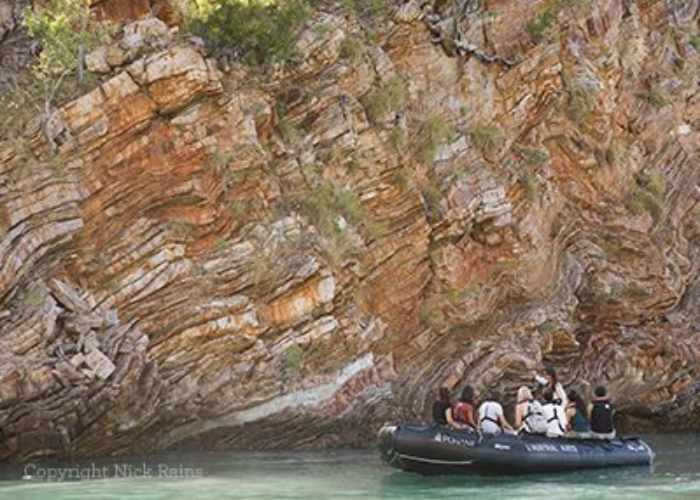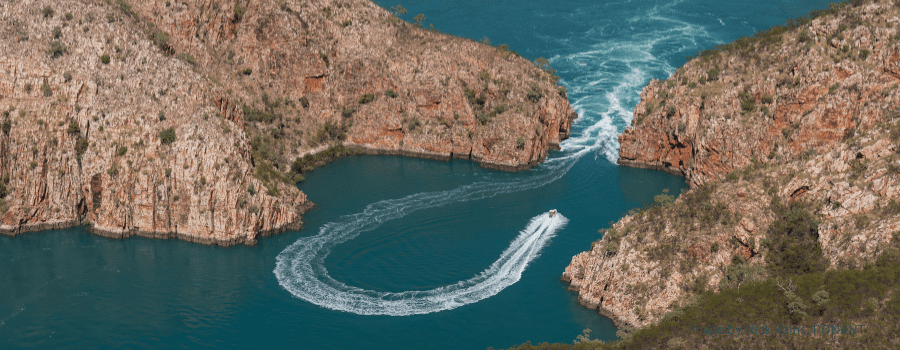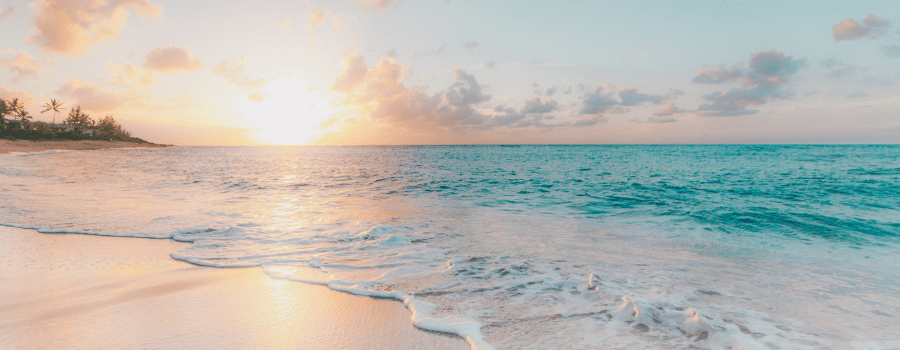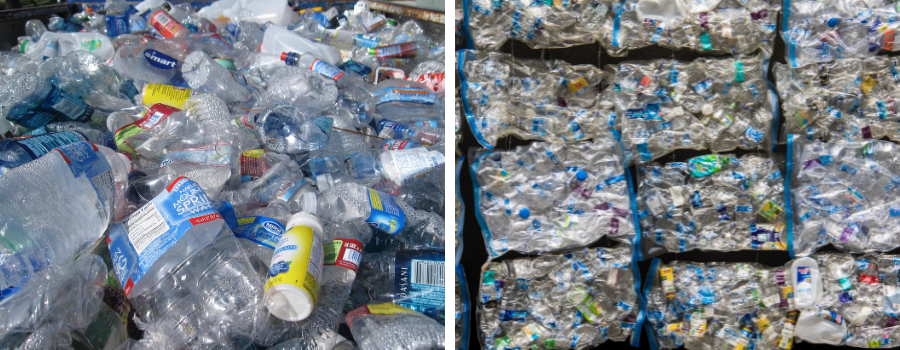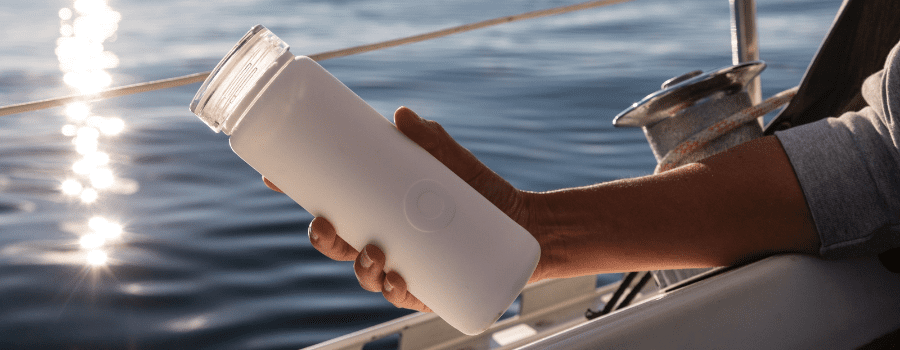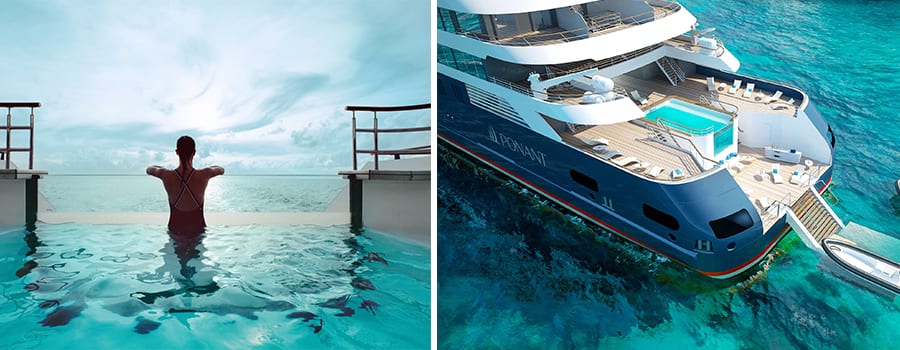
Firstly, WHY are travellers drawn to expedition cruises?
Adventure – Expedition cruises offer the chance to explore remote regions, from polar to jungles, islands and other hard-to-reach destinations in an adventurous way. Activities like hiking, kayaking and polar plunges add excitement.
Learning – There is a significant educational component with lectures from experts and naturalists as well as shore excursions that focus on nature, wildlife and culture. Definitely an enriching experience for the mind, body and soul.
Unique Wildlife – Seeing Antarctica’s penguins, the Arctic wildlife like polar bears and whales, the Galapagos’ endemic species, witnessing rare animals unique to that region, etc. is a definite drawcard for almost everyone who embarks on an expedition cruise.
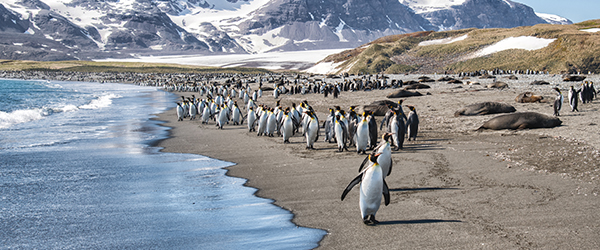
Remoteness – Just the thought of traveling somewhere off the beaten path, like Antarctica or the Kimberley, can be highly appealing. It’s a ‘polar’ opposite experience from any other type of holiday!
Flexibility – Because expedition ships can and often do quickly change course to take advantage of wildlife sightings or weather, it’s this spontaneity and flexibility that is part of the adventure.
Scenery – Dramatic landscapes like icebergs, fjords, rugged coasts and turquoise lagoons provide stunning and ever-changing scenery.
Small Groups – Depending on the cruise line, expedition ships usually have less than 200 passengers for a more immersive experience with the crew and the expert guides.

Sustainability – Many expedition companies highlight sustainability, conservation, and responsible travel. This appeals to eco-conscious travelers.
Bucket List – For some travelers, visiting Antarctica or seeing the Amazon is a once-in-a-lifetime trip and worth the splurge. It’s a bucket list achievement.
WHAT do you need to know?
Aside from being an exciting adventure, expedition cruises offer a unique opportunity to explore remote and often untouched destinations while immersing yourself in pristine nature and wildlife. While we are mostly familiar with the joys of river and ocean cruising, here are a few important factors to take into consideration before booking an expedition cruise:
Flexible Itineraries: Expedition cruises often have flexible itineraries due to weather, wildlife sightings, and other unpredictable factors. Your expedition leaders will always prioritise your safety and will strive to maximise your experience, so do trust them and be prepared for any changes.
Small Ship Destinations: To allow for a far more immersive experience, expedition cruises almost always utilise smaller ships designed for navigating remote waters and reaching unique destinations for a chance to experience nature in its purest form. Expedition ships often take you to remote and pristine areas, away from typical tourist routes.
Nature and Wildlife: Expedition cruises are centered around exploring and appreciating nature, wildlife, and their ecosystems. Expert guides onboard and ashore will provide incredible knowledge regarding the flora, fauna, and geology of the areas you visit.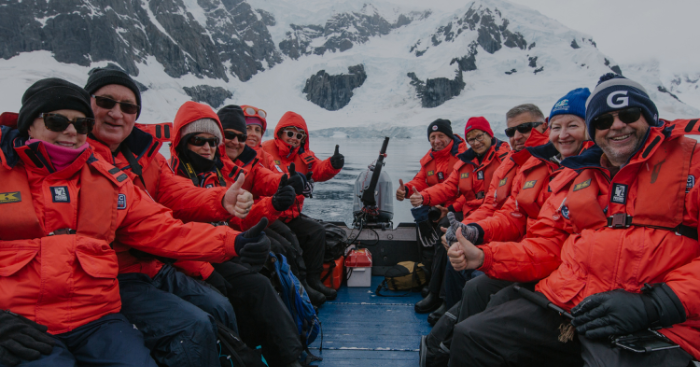
Expert Guides: Expedition cruises are accompanied by experienced naturalist guides who are knowledgeable about the destinations and the wildlife you’ll encounter. Typically, you’ll be offered onboard lectures and talks and guided hikes or zodiac trips to enhance your understanding.
Limited Passengers: Naturally, smaller ships mean fewer passengers, which fosters a sense of camaraderie, creating a more personalised and memorable experience, perhaps even making a new friendship or two.
Clothing and Gear: Depending on your destination and activities, pack appropriate clothing and gear such as comfortable hiking shoes, waterproof and windproof clothing, sun protection, and binoculars for wildlife viewing.
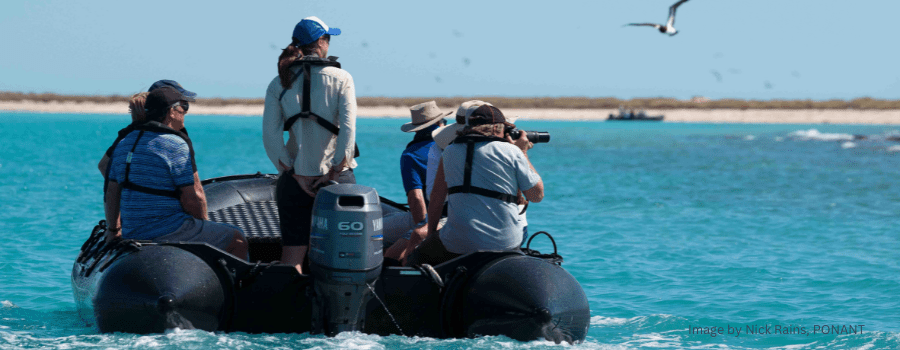
Physical Fitness: Some activities offered on an expedtion tour like hiking and snorkeling, may require a certain level of physical fitness. Ideally, to maximise your experience, you would want to be reasonably fit.
Responsible Travel: With an emphasis on eco-friendly tourism and minimising your impact on the environment, the “Leave No Footprint” principle is imperative.
Seasickness: While modern expedition ships are equipped with stabilisers to reduce motion, they are still small ships and seasickness can still be an issue for some. If you’re inclined to get motion sickness, it’s a good idea to bring medication or equivalent remedies with you.

Social Interaction: Expedition cruises encourage interaction with fellow travelers, fostering a sense of community among passengers who share a passion for exploration and nature.
Booking in Advance: Expedition cruises can fill up quickly due to their limited capacity and high demand. It’s advisable to book well in advance to secure your preferred travel dates and cabin type. Also if there are optional land tours that are not part of the standard itinerary, you may want to check if these need to be booked in advance as well.
Photography: Goes without saying! Bring a good camera or smartphone with a decent camera to capture everything amazing! Please remember to respect wildlife by staying a safe distance and not disturbing them.
Local Cultures: Expedition cruises often include interactions with local communities. Be respectful and open-minded when engaging with local cultures and perhaps do a little research before you leave home!
Activities – Expedition cruises offer activities including kayaking, hiking, polar plunges, Zodiac excursions, and hands-on educational experiences. Traditional cruises focus more on entertainment, dining, pools, shows and relaxation.

Ambiance – The atmosphere on expedition ships is casual, laid-back and centered around the destination adventures. Traditional cruises have a more formal vibe with entertainment and dining as the focus.
Comfort – Expedition ships offer comfortable but not lavish accommodations. Traditional cruises have larger staterooms, multiple restaurants and ample lounging areas.
Itineraries – Expedition itineraries are flexible to adapt to changing nature and weather conditions. Traditional cruise itineraries are usually very port-focused and consistent.
So in short, expedition cruises are more adventurous and destination-focused, while traditional cruises offer more amenities, dining, entertainment and a fixed itinerary.
Expedition cruising offers a chance to connect with nature, explore remote destinations, and gain a deeper understanding of the world around us. By keeping these important points in mind, you can make the most of your experience and create lasting memories of a remarkable journey.
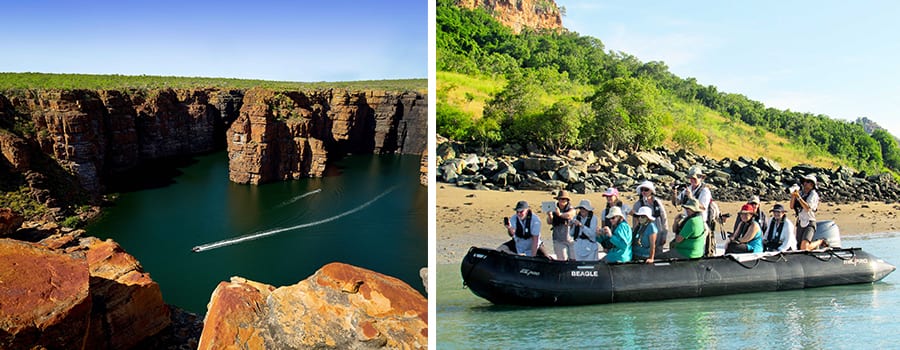
Expedition cruise destinations continue to grow in popularity and here are a few top destinations:
Kimberley Coast, Australia – Remote and rugged, the Kimberley is known for its stunning, untouched landscape. Expeditions cruise here from April to October and is the most popular expedition destination Cruise Express book.
Antarctica – Antarctica cruises continue to be highly sought after for the chance to see majestic icebergs, penguins, whales and polar wildlife up close. The Antarctic season runs from November to March.
Arctic – Cruising around the Arctic regions of northern Norway, Greenland, Iceland and Canada allows passengers to see glaciers, fjords and potential northern lights. Peak season is June to August.
Galapagos Islands – This unique Ecuadorian archipelago with its abundance of wildlife and bird species remains a bucket list destination. The best time to visit is typically December to May.
Alaska – Cruising along Alaska’s coastline and glaciers is a popular way to see majestic sights like Glacier Bay, Denali and the Inside Passage. The main cruising season is May to September.
South Pacific – Remote island nations like Papua New Guinea, Solomon Islands and Fiji that offer stunning beaches and exotic cultures are increasing in popularity as expedition destinations. The dry season from May to October is best.
Call us on 1300 766 537 or email info@cruiseexpress.com.au if you would like to discuss an expedition cruise adventure today.






